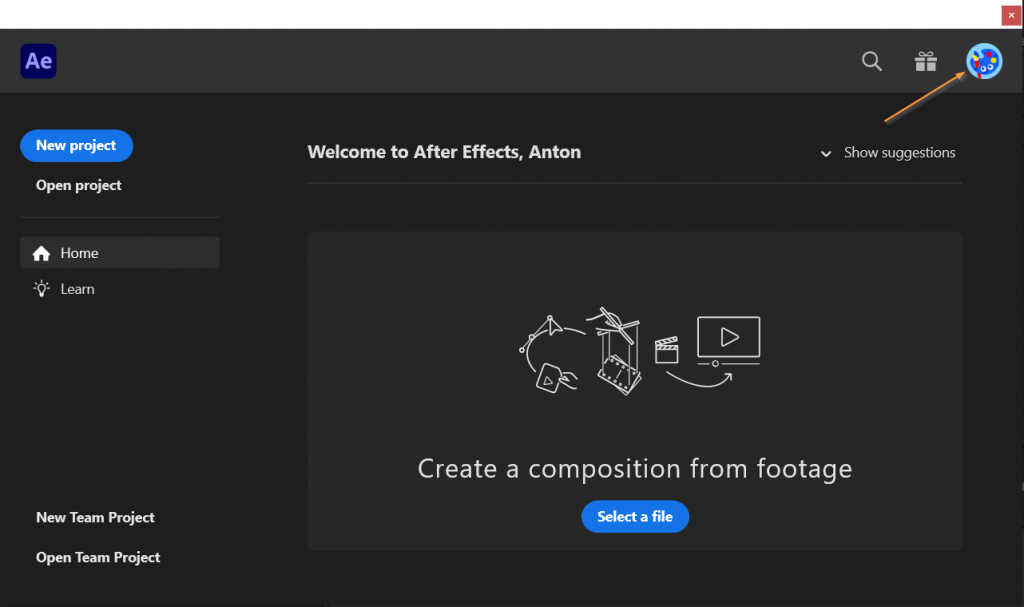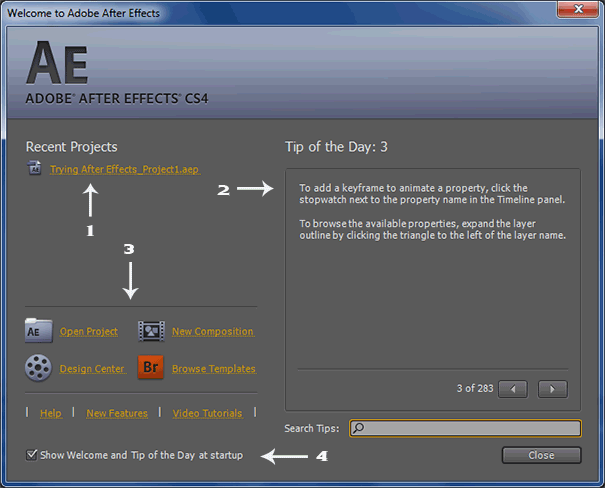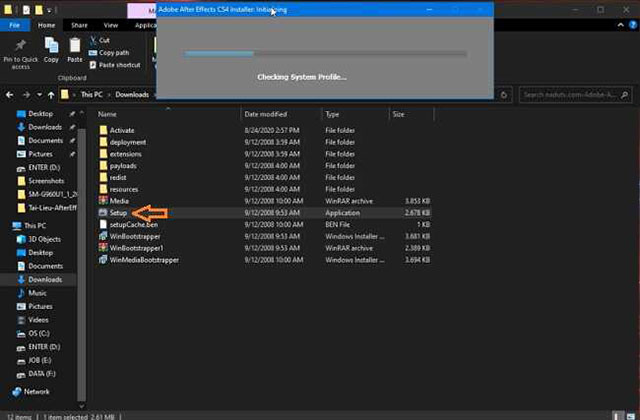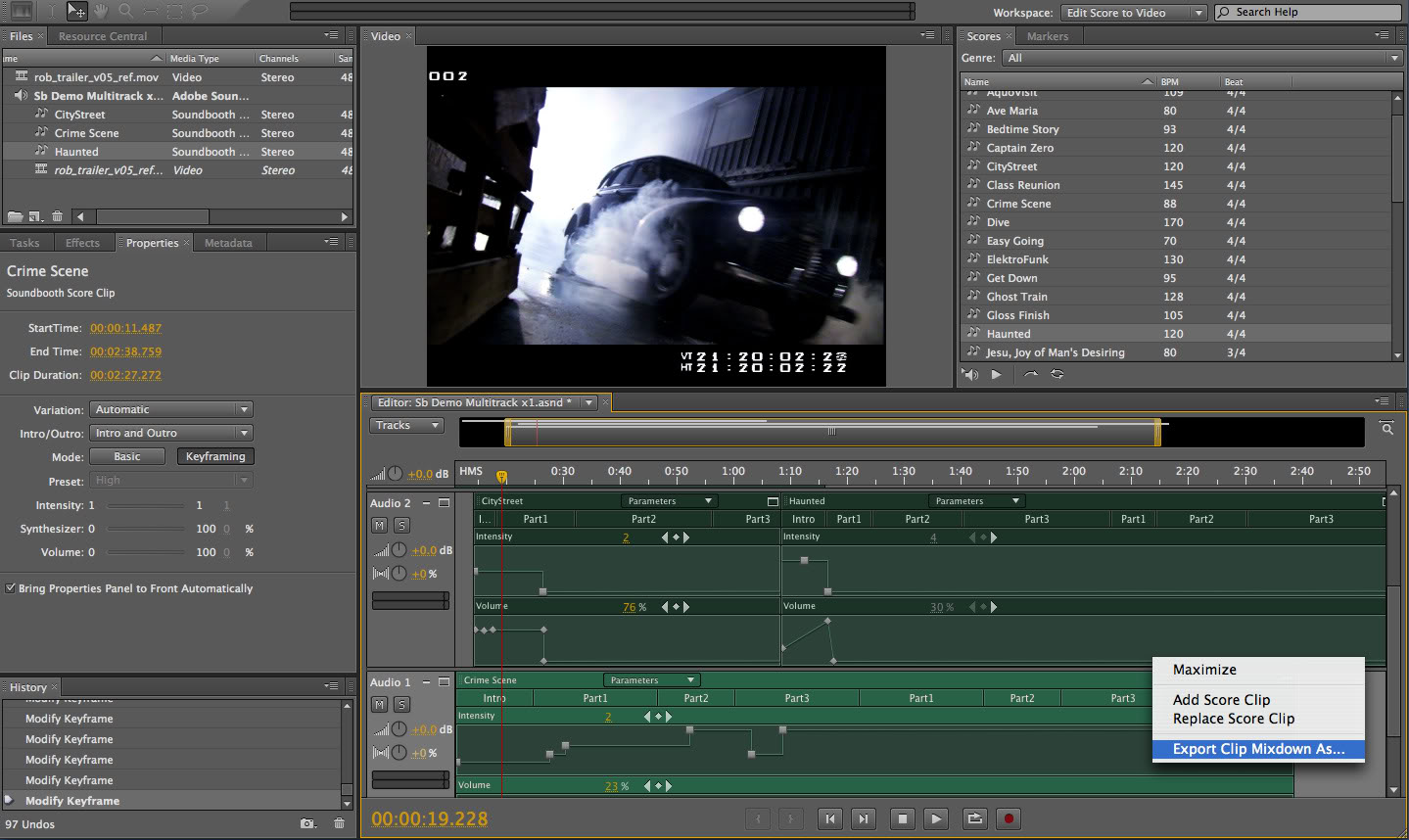How To Install Adobe After Effects Cs4

For individuals seeking to utilize older versions of Adobe's professional-grade video editing software, installing Adobe After Effects CS4 remains a viable option, despite its age. This article provides a comprehensive guide to successfully installing the legacy software.
Adobe After Effects CS4, released in 2008, still holds relevance for users with specific hardware limitations or those working on legacy projects. The installation process, while straightforward, requires careful adherence to specific steps to avoid potential compatibility issues.
System Requirements
Before proceeding with the installation, it's crucial to ensure your system meets the minimum requirements. According to Adobe's official documentation, After Effects CS4 requires a processor capable of SSE2, 2 GB of RAM (more recommended), and 4 GB of available hard-disk space for installation.
Windows XP with Service Pack 2 or Windows Vista Home Premium, Business, Ultimate, or Enterprise with Service Pack 1 are the supported operating systems. For Mac users, Mac OS X v10.4.11–10.5.4 is required.
Installation Steps
The installation process begins with obtaining a legitimate copy of the After Effects CS4 installer. This typically involves locating the original installation disc or a digitally downloaded version from a trusted source.
It is important to note that using pirated software is illegal and exposes your system to potential security risks. Ensure you have a valid serial number or license key before proceeding.
Windows Installation
To install on Windows, insert the installation disc or run the downloaded executable file. The installer should launch automatically.
Follow the on-screen prompts, accepting the license agreement and selecting the desired installation location. Enter your serial number when prompted.
Choose the components you wish to install. While a complete installation is recommended for most users, you can customize the installation by selecting specific features.
The installer will then copy the necessary files to your system. This process may take some time, depending on your computer's hardware.
Once the installation is complete, launch Adobe After Effects CS4 from the Start menu. You may be prompted to activate the software if you haven't already done so.
Mac Installation
The installation process on Mac is similar to Windows. Insert the installation disc or mount the downloaded DMG file.
Double-click the installer icon to launch the installation process. Follow the on-screen prompts, accepting the license agreement and entering your serial number.
Select the destination disk for the installation. Choose the components you want to install and click "Install."
The installer will copy the necessary files to your system. After the installation is complete, launch Adobe After Effects CS4 from the Applications folder.
Troubleshooting
During the installation process, users may encounter certain issues. Compatibility problems with newer operating systems are a common concern.
Running the installer in compatibility mode for older versions of Windows or Mac OS X can sometimes resolve these issues. Updating your graphics card drivers can also improve compatibility and performance.
If you encounter error messages during installation, consult Adobe's official support documentation for After Effects CS4. The Adobe website provides a wealth of information, including troubleshooting guides and FAQs.
Conclusion
While Adobe After Effects CS4 is an older version of the software, its installation remains relatively straightforward. By following these steps and addressing potential compatibility issues, users can successfully install and utilize this legacy software for their video editing needs.
Remember to always use legitimate software and consult official resources for troubleshooting. Properly installed and configured, After Effects CS4 can still be a valuable tool for specific workflows and projects.


















